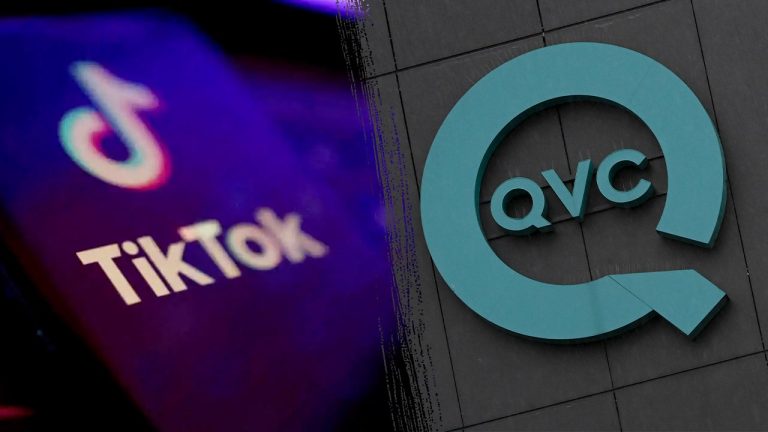
This year has seen cybercriminals’ confidence growing to the point that CEOs have had to step down after data hacks and pro tech experts have lost money. So, how does one ensure powerful avant garde protection from such security breaches? Read on to know more about the current cybersecurity scenario and how to tackle the ever-evolving challenges.
How to Secure a Website Using Various Methods?
Cyber security threats have grown in the recent past, making it important to adopt preventative measures to protect your website, especially if online transactions are involved or if the website is popular like WordPress. Currently it is reported that companies with dedicated cybersecurity teams also face frequent attacks. So, having the right safeguards is essential.
It can save time and money by guarding sensitive customer information and other crucial data. Here are some tools, best practices and tactics you can adopt and follow to be as secure as a blockhouse.
Install an SSL certificate
Secure Socket Layer or SSL creates an encrypted link between a server and a web browser, securing data exchange between the website and its visitors. This is an unignorable need for WordPress websites, particularly if it’s an ecommerce platform since it has customers’ sensitive payment information.
To break it down in simpler words – if you have sensitive user information or any financial information, SSL certificate is a must. It is the Hypertext Transfer Protocol Secure or HTTPS you see at the start of most website URLs.
Additionally, if you hover over the lock icon on the top left corner of your browser bar, you will see the text “Connection is secure,” making you aware if the website can be trusted. It is the bare minimum you would want your users to have in you.
You can obtain an SSL from a domain registrar, hosting provider or certificate authority (CA). Many hosting providers include it in their hosting packages. But, if that doesn’t happen, you can get it from CA’s that provide it for free, example: Let’s Encrypt. Additionally, you can buy it from a low-cost authority; price ranges vary.
However, like most things in life, you will have to pay a premium to get premium service.
Work with a Reliable Hosting Provider
A good hosting provider won’t just keep your website safe but would also provide you with good uptime, fast load times and an easy set-up. Yet, first time site owners get intimidated with the wide array of choices.
Here is what you have to look for in your hosting provider: do they provide an SSL certificate, automated back-ups, malware scan, domain privacy and server firewalls.
Some of the most secure hosting providers in 2023 as per CyberNews are SiteGround, DreamHost, Hostinger, A2 Hosting and Interserver. Top10.com calls Hostinger exceptional and also adds IONOS by 1&1, web.com and Network Solutions.
It’s worth noting here that website owners sometimes feel that secure web hosting is expensive and is reserved for high-traffic websites and big-shot companies. But, the truth cannot be further because not only is it for everyone because all of us need to protect our users, Hostinger is pretty affordable and has its plans starting from $1.99/month. IONOS costs $1.00/month. Both have a 30-day money-back guarantee.
Use strong passwords
The biggest mistake people make on their website and email is setting guessable passwords. Names combined with date of birth or a simple number sequence and an exclamation are invitations to hackers into your database. Ensure you have a strong password by including a combination of numerical characters and alphabet letters—uppercase and lowercase—and special characters.
Most browsers can suggest strong passwords and free password managers such as Dashlane can control and manage passwords on various devices.
Additionally, website security is strengthened with a two-factor authentication (2FA) that works with two kinds of structures to block malicious hacking attempts by binding your password to a second security layer – text code, facial recognition, dual-sided puzzle, fingerprint scan or retina scan etc. For a limited number of users, providers such as Duo allow 2FA set-up for free.
Update your site regularly
Updating your site regularly provides you with better security, improves visitor experience by adding new features and functionalities, optimizes speed and keeps the website compatible with the latest tools and technology.
Many security attacks arise from Content Management Systems (CMS) and nothing puts your website at risk as much as outdated software and plugins. So, it’s important that your site, all software, and security patches are updated.
To make sure you are prompt, you can set up alerts from software vendors like WordPress or Microsoft for new security enhancement features. The idea behind these is to address gaps between threats and their management, making timing everything.
How to update on WordPress
The simplest way to update WordPress is by clicking the link in the new version’s banner. If it’s not available, go to the dashboard, click on updates screen and on the update WordPress page, and click the Update Now button to start the process.
Some of the threats that WordPress websites face are brute-force log-in attempts, database injections, cross-site scripting, denial-of-service attacks, hotlinking, and phishing.
When targeting a WordPress site, hackers target vulnerabilities in third-party plugins, and outdated WP versions, themes, and a poorly maintained login page. While third-party plugins cause most of the security breaches, outdated themes and WP versions can provide access to source files.
It’s worth noting here that there are several third-party themes that do not follow WordPress’ code standards. So, relying on the fact that outdated themes are incompatible with recent versions of WordPress might be inadequate and proper research into third-party themes is crucial. Moreover, latest WP versions plug recent security gaps and are therefore critical.
Also, the backend WP login page can be found easily on the web. Therefore, as mentioned above, to ensure that a hacker is unable to enter via brute-force, keep passwords complex and varied.
Use anti-malware software
Detecting threats before damage occurs requires regular computer scans. Free malware scanning services include Quterra, Astra Security, SiteGuarding, and VirusTotal. For sites that do not carry e-commerce activities, there is another alternative to buying – choosing hosting companies that provide malware and virus scanning services in their package, such as Namecheap and Hostwinds. They have a built-in scanner that takes care of website security.
WP Engine and WPX are great tools for WordPress websites.
Back your site up regularly
This step is essential to protect you from hardware failure as well as from hacking attempts. If you have a backup, restoration is a simple process but without it, you lose all your settings, data, and customizations. Additionally, it’s worth noting that you can also create backups of media and non-media content, website’s core files and databases.
You can create backups manually or via internet tools. If you have a small website, you can also rely on your hosting provider, which lets you schedule and automate backups, sometimes for free and sometimes for a small fee.
Big websites with huge data storage needs would want to purchase cloud storage,
Use a web application firewall
It’s the filter you need to get rid of malicious HTTP traffic moving towards your web application. It prevents any unauthorized data from escaping the app as well by following a set of policies that determine if the traffic is safe. So, it is recommended that you carefully pick your firewall and plugin, based on your unique needs.
Hubspot recommends Web Application Firewall plugin for WordPress sites. Bluehost, McAfee and Forcepoint are other options.
Update your security plugins
Updating security plugins is not optional for those who want robust security. In case you are using third-party software or web downloaded plugins, ensure you regularly check for updates on your web host’s dashboard. Also, as mentioned above, websites and anti-virus should also be up to date – either manually or via the auto-update feature. For websites, updates should include theme, WP, and plugins.
Frequently Asked Questions (FAQs)
Can I make my website secure for free?
Yes, almost. To do it, keep your passwords hard to guess and do not have your username as Admin. Find a reliable hosting provider, preferably one which includes a firewall and anti-malware software. Get an SSL certificate from a certificate authority such as Let’s Encrypt. You can also find anti-malware software free of cost or at discounted prices.
How do I secure my website on Chrome?
Go to the top right corner of your screen and click on the three dots. Then, click on settings and select privacy and security on the left-hand side. Click on security on the right and choose your setting to enhanced protection.
Also, in the security panel itself, click on “Always use secure connections”.
Besides, make sure you click only on secure websites; these will have HTTPS in the URL box next to a padlock icon. HTTPS and padlock should also be on your website to protect you and your users. Install an SSL certificate to get the feature.
Further, Chrome notifies you if any passwords in the browser are compromised. It also flags malicious extensions. Keep an eye out for this notification or check it out manually under the Security tab.
How do I make sure my website is secure?
Steps to take: Install SSL, use anti-malware software, keep your website updated and passwords unguessable.
Additionally, make sure you don’t click on fishy links – check the domain name of emails to know if it comes from a trusted source. You can also call the source to verify the links. Run regular backups ready yourself for the worst-case scenario. Also, form a shield between your website and the internet via web application firewall.







